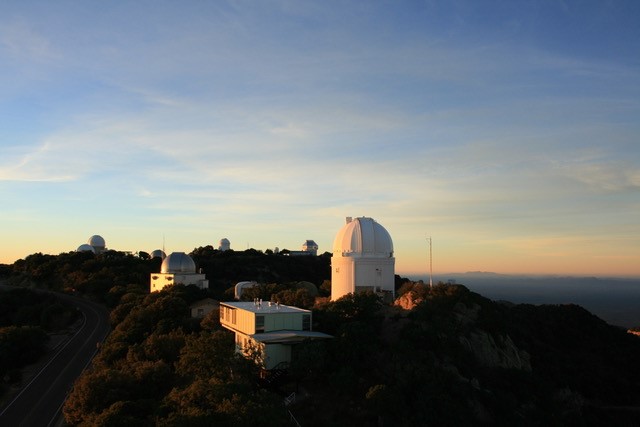
Observations of Small Bodies in the Solar System
Small bodies are rocky and/or icy objects, ranging in size from a few meters to a few thousands of kilometers. They comprise near-Earth and main belt asteroids, Trojans, trans-Neptunian objects, Centaurs, comets, and a recently discovered category called the transitional objects. Their physical nature, distribution, formation, and evolution are fundamental to understand how the solar system formed and evolved and, ultimately, how planetary systems are formed in other stars.
Current and future space missions and observational efforts from both ground- and space-based telescopes provide a continuous improvement in the understanding of small bodies. They certainly provide information on the physical and chemical characteristics of the interior of these bodies e.g. thermal properties, surface composition, particle size, albedo. Observations also provide constraint to the theoretical models and numerical simulations that are meant to explain the formation and evolution of our Solar System.
The FSI has a clear link with observational efforts through a group of researchers with vast expertise in visible and near-infrared spectroscopy and photometry. Along their career, these astronomers have had access to a large collection of telescopes e.g the 10.4m Gran Telescopio Canarias, (Observatorio del Roque de los Muchachos), the two 8.1m telescopes at the Gemini Observatory (Mauna Kea, USA and Cerro Pachón, Chile), the 3.0m NASA IRTF (Mauna Kea) etc. They also have access to space telescopes as Hubble Space Telescope, Spitzer or the yet to be lunched, James Webb Space Telescope.
Researchers: Dr. Noemi Pinilla-Alonso, Dr. Mario De Pra, Dr. Estela Fernandez-Valenzuela, Dr. Maria Womack, Dr. Charles Schambeau
